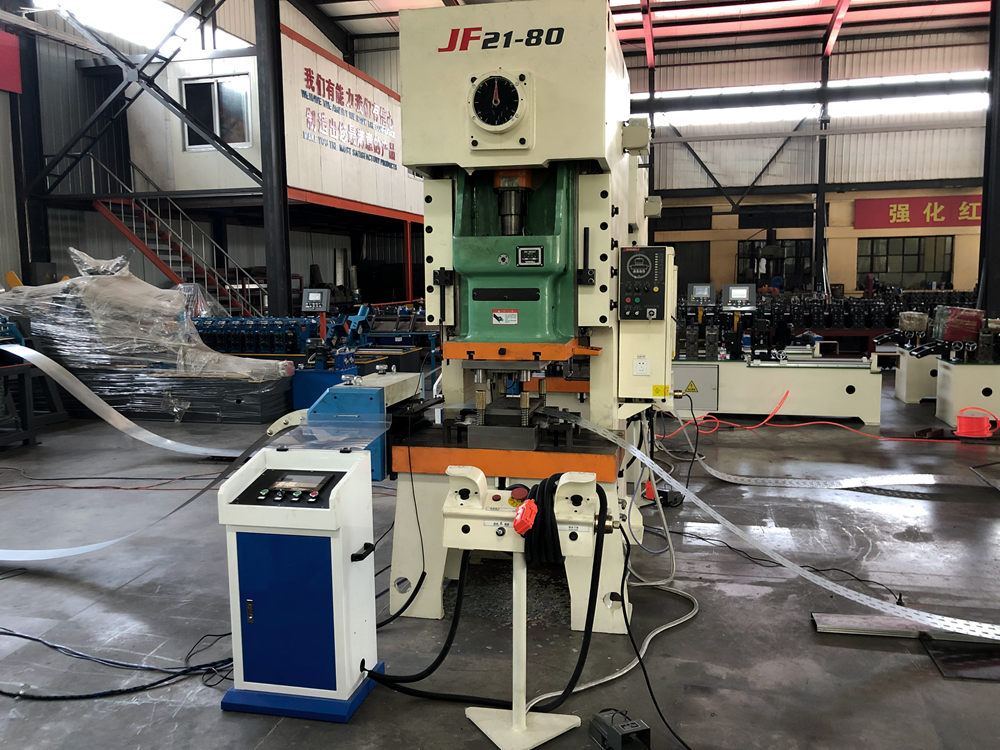
The Benefits of Angle Iron Roll Forming Machines
In modern manufacturing, the demand for efficiency, precision, and versatility in the production of metal components has led to the widespread use of specialized machinery. Among these, the angle iron roll forming machine stands out as a pivotal tool for producing high-quality angle iron profiles with minimal waste and maximum consistency. This equipment is vital in various industries, including construction, automotive, and structural fabrication.
An angle iron roll forming machine is designed to reshape metal into L-shaped profiles, commonly referred to as angle iron. These profiles have applications in framing, support structures, and various construction projects due to their strength and durability. The roll forming process involves feeding a continuous strip of metal through a series of rollers that progressively shape the strip into the desired angle. This method ensures that the product has uniform dimensions and precise angles, critical for structural integrity.
One of the most significant advantages of using an angle iron roll forming machine is its efficiency. The roll forming process allows for high-speed production, enabling manufacturers to meet substantial demand without compromising quality. The automated nature of these machines minimizes the need for manual labor, reducing labor costs and improving overall productivity.
In addition to efficiency, consistency is a hallmark of roll forming technology. Every angle iron component produced is nearly identical, which is crucial for projects requiring exact measurements and specifications. This consistency reduces the likelihood of errors and ensures that each piece fits seamlessly into larger assemblies.

Moreover, the adaptability of angle iron roll forming machines is noteworthy. They can be customized to produce various profiles, allowing manufacturers to cater to specific client needs or adjust to market demands. This versatility makes them an invaluable asset for businesses looking to diversify their product offerings without investing in multiple types of equipment.
Another benefit is material efficiency. The roll forming process minimizes scrap material, as it utilizes a continuous strip of metal that is shaped rather than cut from larger sheets. This not only reduces waste but also contributes to a more sustainable manufacturing process, as less raw material is needed for production.
As industries continue to evolve, the use of angle iron roll forming machines is expected to grow. Innovations in technology, such as automation and advanced materials, will likely enhance the capabilities of these machines, further improving production efficiency and quality.
In conclusion, angle iron roll forming machines represent a significant advancement in metal fabrication technology. Their efficiency, consistency, adaptability, and material efficiency make them essential tools for manufacturers aiming to produce high-quality angle iron profiles. As the demand for these components continues to rise, investing in such machinery will undoubtedly prove beneficial for those in the metalworking industry.